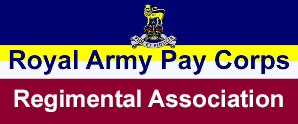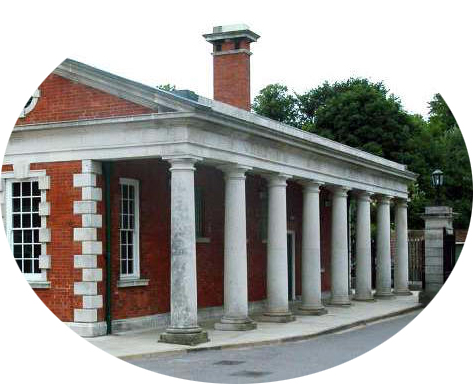
RAPC Virtual Museum


NATIONAL SERVICE
Background
National Service as peacetime conscription was formulated by the National Service Act 1948. From 1 January 1949, healthy males 17 to 21 years old were expected to serve in the armed forces for 18 months, and remain on the reserve list for four years. They could be recalled to their units for up to 20 days for no more than three occasions during these four years.
Men were exempt from National Service if they worked in one of the three "essential services": coal mining, farming and the merchant navy for a period of eight years. If they quit early, they were subject to being called up. Exemption continued for conscientious objectors, with the same tribunal system and categories.
During the 1950s there was a prohibition on serving members of the armed forces standing for election to parliament. A few National Servicemen stood for election in the 1951 and 1955 general elections in order to be dismissed from service.
In October 1950, in response to the British involvement in the Korean War, the service period was extended to two years; in compensation, the reserve period was reduced by six months. National Servicemen who showed promise could be commissioned as officers. National Service personnel were used in combat operations, including the Malayan Emergency, the Cyprus Emergency, in Kenya against the Mau Mau Uprising, and the Korean War, where conscripts to the Gloucestershire Regiment took part in the last stand during the Battle of the Imjin River. In addition, National Servicemen served in the Suez Crisis in 1956.
